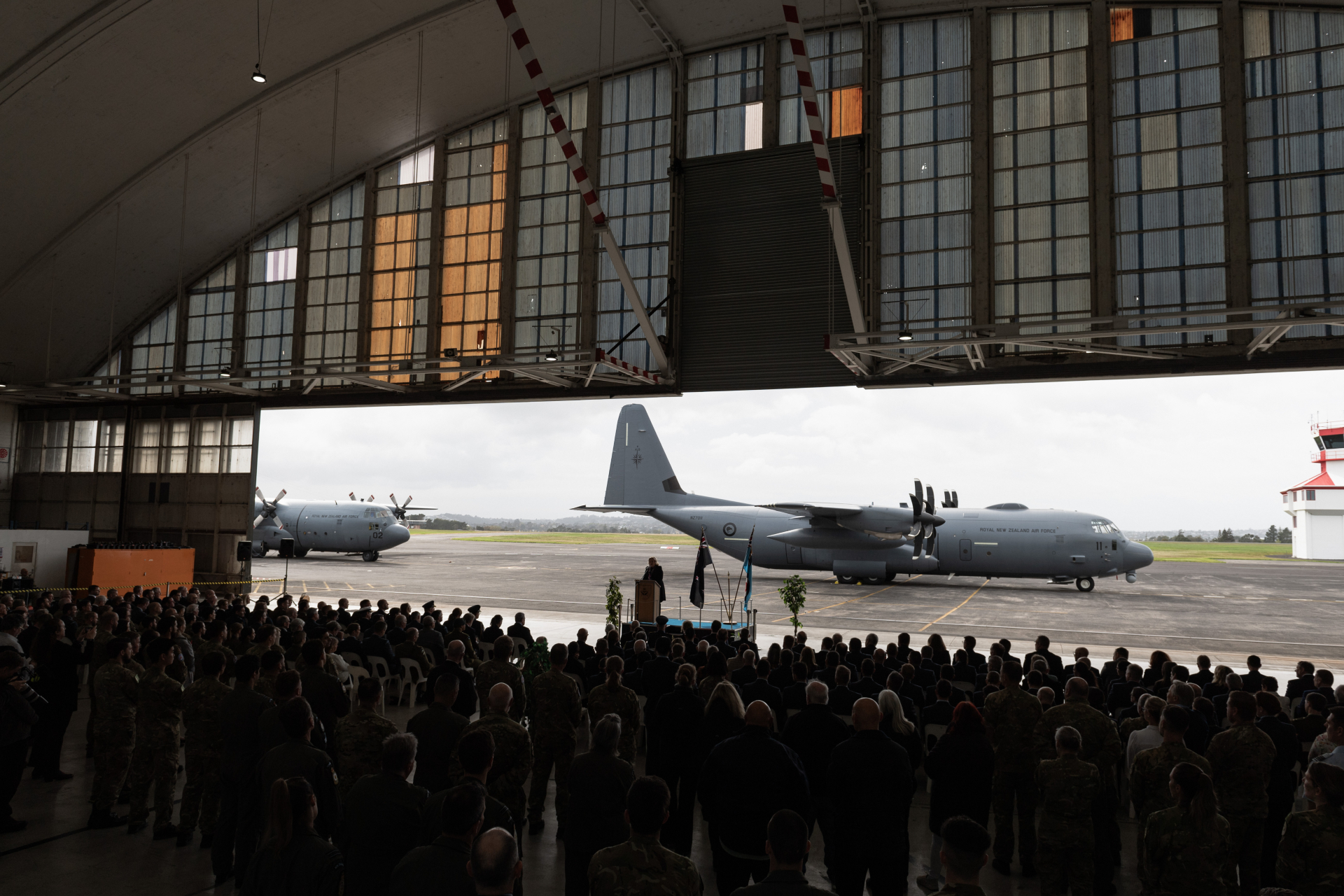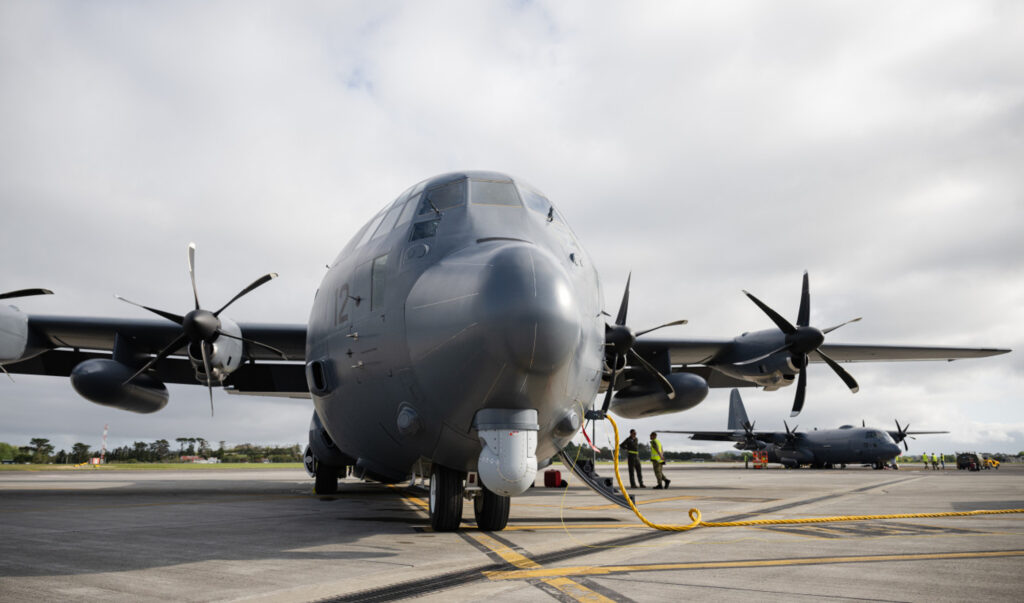The Royal New Zealand Air Force (RNZAF) has accepted its second and third C-130J Super Hercules military transport aircraft at Base Auckland, Whenuapai.
The planes were flown by C-130 developer Lockheed Martin from its US center in Marietta, Georgia, and were received by Chief of Air Force Air Vice-Marshal Darryn Webb on behalf of the service.
Wellington noted that the platforms carried spares, propellers, engines, and a towing arm to support future operations in the country. Their journey was also observed for the program’s continuing trial and development works.
Tactical Airlifter Modernization
RNZAF procured its latest airborne assets through a 1.5-billion New Zealand dollar ($950.4 million) US foreign military sale to replace the service’s C-130Hs that have been operational since the 1960s.
Under the program, Wellington ordered five C-130J platforms, associated equipment, and flight simulators. Lockheed Martin delivered the country’s initial Super Hercules in August. The final pair is expected later this year.
The RNZAF’s Auckland-based 40 Squadron will manage and sustain the new fleet upon fielding.


“The entire team will be getting straight down to business after the aircraft arrive with flights already scheduled around New Zealand and down to Antarctica for the summer season,” Webb remarked.
“The aircraft marks a once-in-a-generation change for No. 40 Squadron and it will continue the work of its predecessor, the C-130H, which was a powerhouse for New Zealand military aviation.”
‘Significant Investment’
The government highlighted that the RNZAF’s new cargo fleet will take on missions with “more power” compared to its predecessor, enhancing the force’s personnel and equipment transport capability for deployments locally, across the Pacific, and internationally.
“They are a significant Government investment in New Zealand’s ability to respond to national and international emergencies, whether they be natural humanitarian disasters or providing support in areas of conflict,” Webb said.
The Super Hercules
Lockheed Martin’s C-130J has a 98-foot (30-meter) long fuselage, a 133-foot (40-meter wingspan, and a 41-foot (12-meter) cargo bay.
It is powered by four 4,637-horsepower Rolls-Royce AE engines for a top speed of 417 miles (670 kilometers) per hour, a service ceiling of 40,386 feet (12,309 meters), and a range of 2,071 miles (3,334 kilometers).
The aircraft’s logistics function is supported by its capacity for approximately 90 warfighters or 42,000-pound (19,051-kilogram) payloads.


